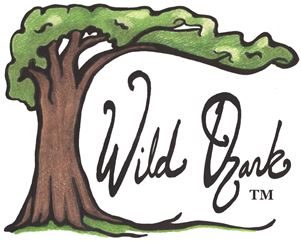Ginseng in June is still nice and green and has small berries beginning to form. Some of the plants still have flowers, too. Some of them have been browsed by deer and scratched up by wild turkeys. Bugs have taken a few bites here and there out of the leaves.
Although it was a pretty wet spring, I didn’t notice as much of the mealy bug infestations as we normally get, which pleased me. All of the flower stalks so far seem strong and healthy.
It’ll be late July before they begin turning red and that’s when I’ll begin pulling the tops off of most of the older plants.
Ginseng in June

Why pull the tops?
Because too many people begin looking for the plants as soon as the berries are ripe, even though the legal season doesn’t open until September.
By taking off the tops, it makes it very difficult to find the plant and dig up the roots.
I won’t throw the leaves away, though. I’ll save them for remedies. The leaves have all the same properties as the roots and it doesn’t kill the plant to pick them.
Do we dig the roots?
We generally don’t harvest the roots except for the ones i use to make or jellies, syrups, and remedies. Digging the root kills the plant, and our plants are worth more to us in the ground producing offspring.
Eventually, when there are enough mature plants making berries, I’ll harvest the berries for seeds to sell.
If you’re local to Arkansas and want to buy fresh wild American ginseng roots at the retail price of $35/oz when the season opens in September, let me know. I know a few diggers who will supply the roots by digging in an ethical manner. They’ll only dig when there’s an order to fill, and they’ll only be able to dig at most a pound or two, so they can practice sustainable harvesting.
If you’re not local and want fresh or dried roots, you can find out more about my partner-dealers who can ship by visiting this page.
What about the berries?
I’ll only top the plants with ripe berries, and I’ll put the berries on the ground in the same vicinity when I do so.
This way the seeds will grow new plants. But they won’t grow them next year. It takes two years before the seeds of ginseng sprouts. The first year they sit inside the decomposing berry on the ground.
My theory is that the berry is acidic as it decomposes during the first year and this helps to make the seed ready to sprout the following year. And in the meantime the leaves that fall and decompose give them a nice seed bed to sprout in.
Want to see ginseng growing in the woods?
Visit our Ginseng Habitat Demonstration Garden. You can learn what kind of spot makes a good habitat, see some seedlings and mature American ginseng growing in a natural environment, look at some of the companion plants and learn to tell the difference between ginseng and the look-alikes.
If there are still seedlings available, you can learn to transplant and help me in the nursery. For your effort, you’ll get to take home one seedling free for every five you help me pot up. Participation is not required to come out and look at the habitat, just email me at the address above to make an appointment.
Then when you go back to your own neck of the woods, you can begin restoring some habitats!
